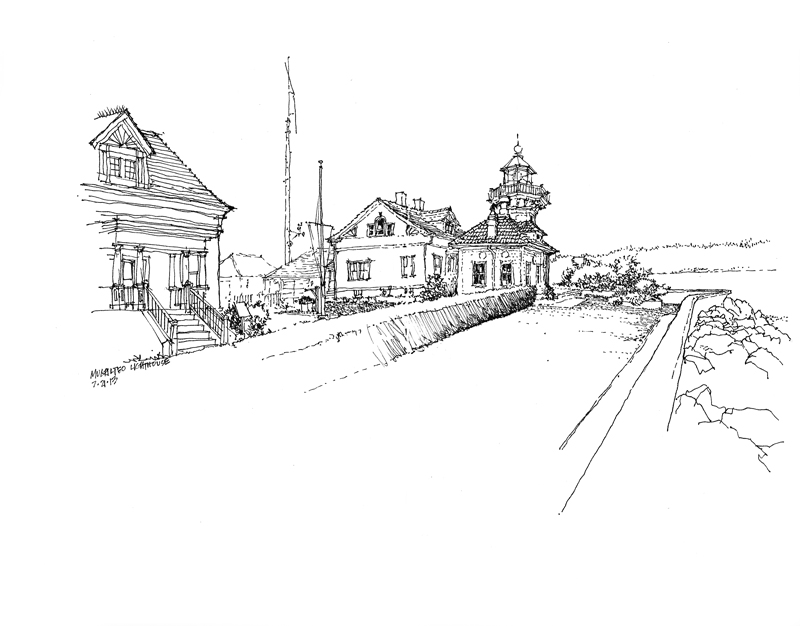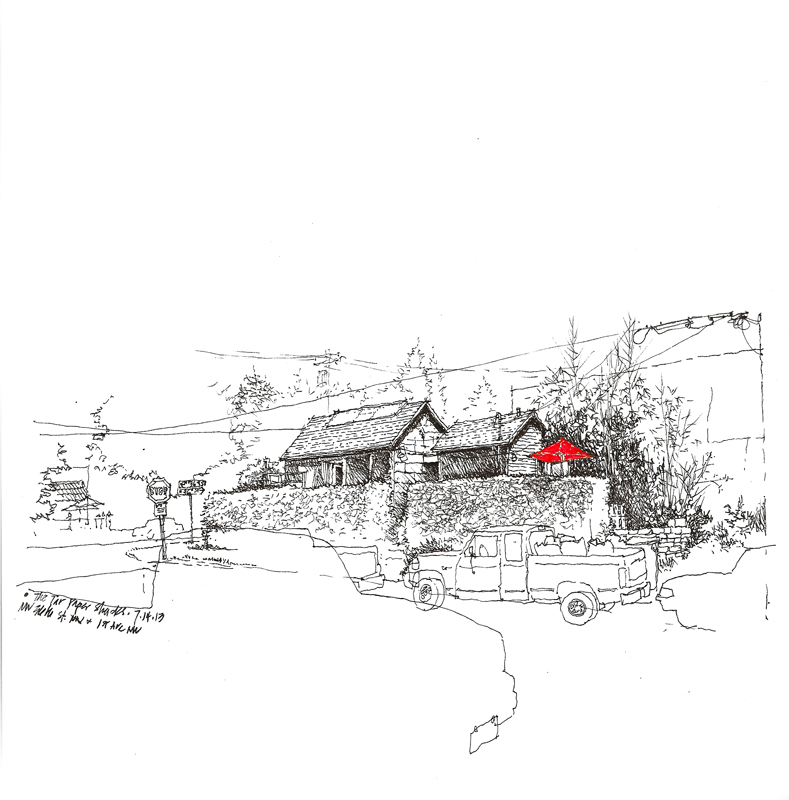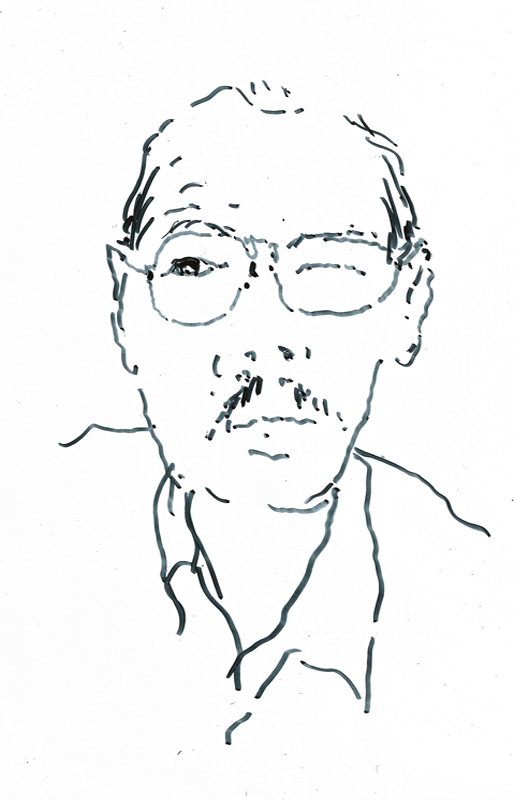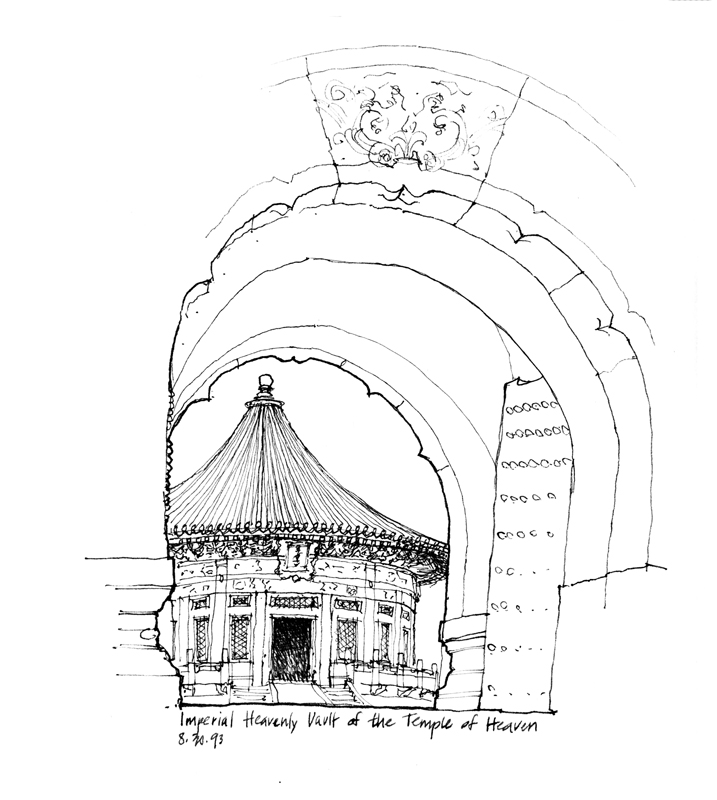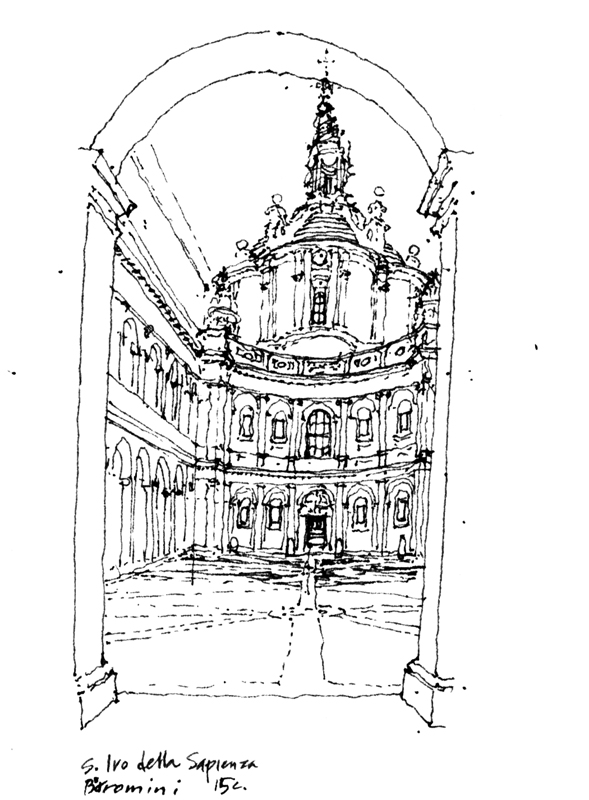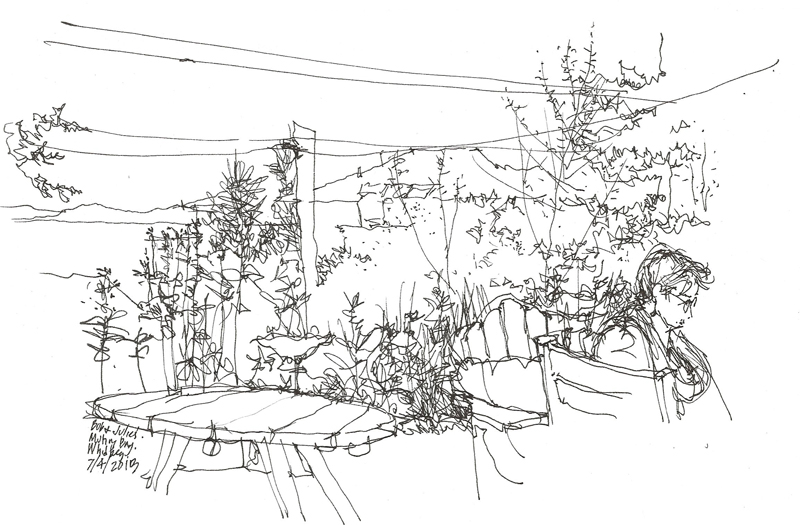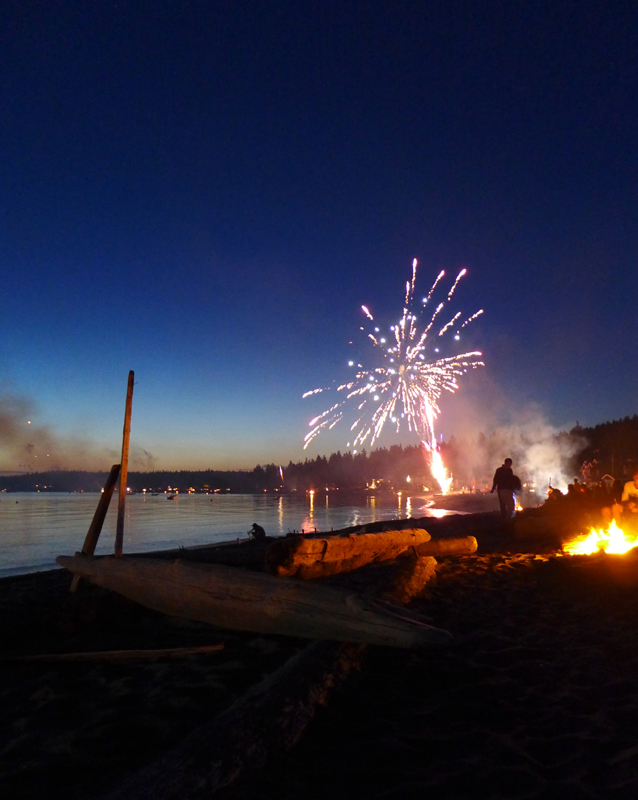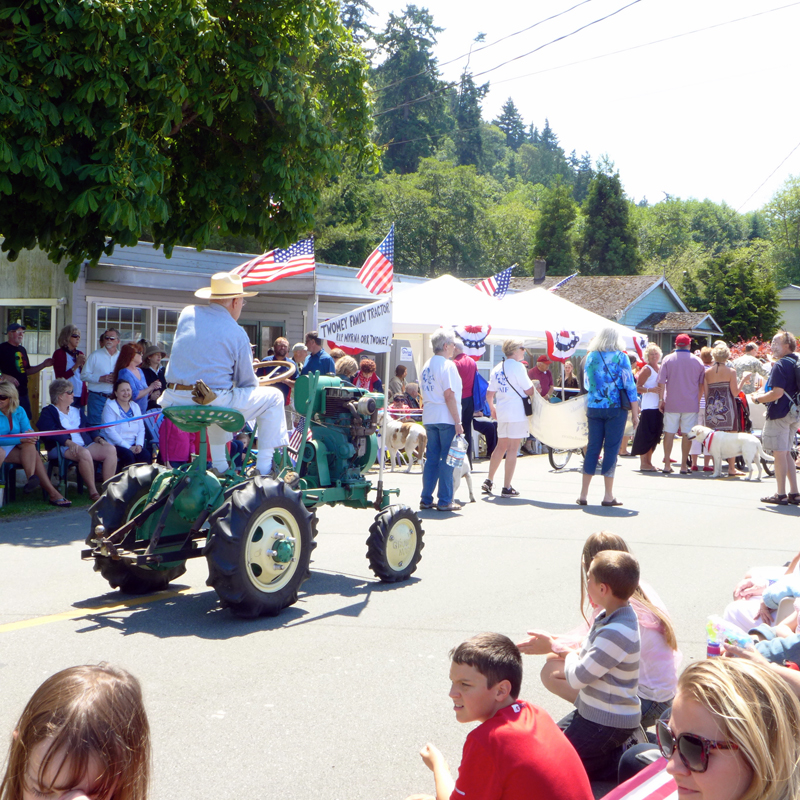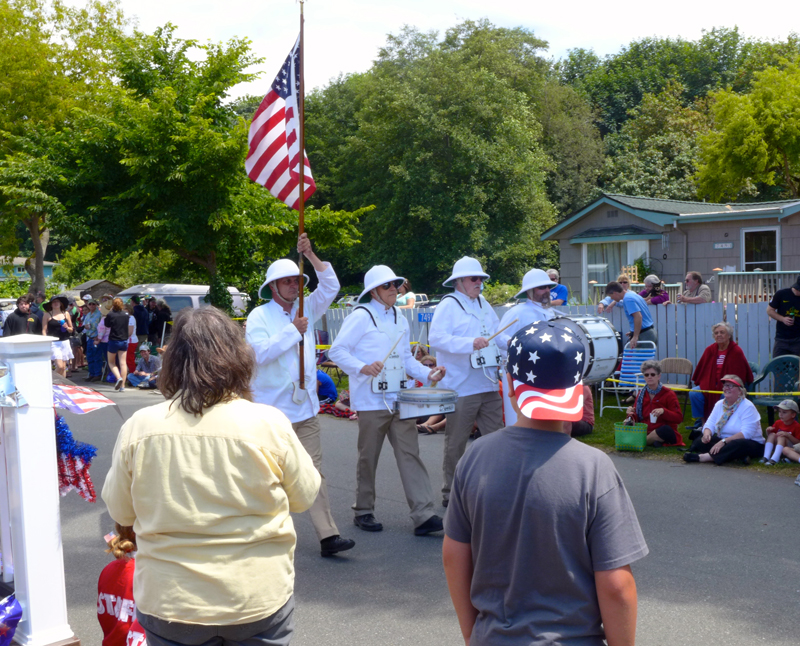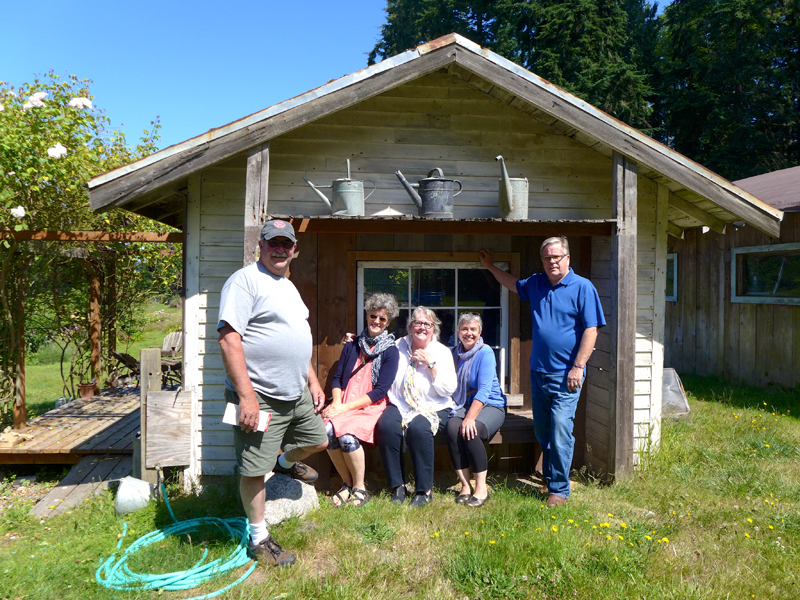Mike and Patti Sherlock started making rye whiskey in the late 1990s from a recipe from the journals of John Jacob, an immigrant from Holland and Patti’s great-grandfather. When Washington state passed the craft law in 2008, Mike and Patti founded Fremont Mischief Distillery. Here is a view of the distillery with its retail shop and tasting room fronting the Ship Canal.
Fremont Mischief distills whiskey, gin and vodka using winter wheat grown on Whidbey Island and rye from small Washington State farms and the Willamette Valley in Oregon. Quoting from the distillery’s website:
“Fremont Mischief is a full-circle distillery. We begin by selecting the finest organic, heirloom and small farm conventional grains & botanicals. Together with pure artesian waters, these ingredients are skillfully crafted into fine spirits with the help of our artisan stills. Then, our spent grain is reused and ultimately returns, full-circle, as organic compost for farms and gardens. We recognize the artistry in crafting fine spirits. Our stills are a work of art themselves. They are hand-made by Arnold Holstein Co., a German family that’s been building distilleries for many decades. We worked closely with the still-maker, to incorporate proprietary technology into our columns stills. No need for twelve times distilled or even three. Our stills allow us to distill pure, flavorful spirits the very first run.”


